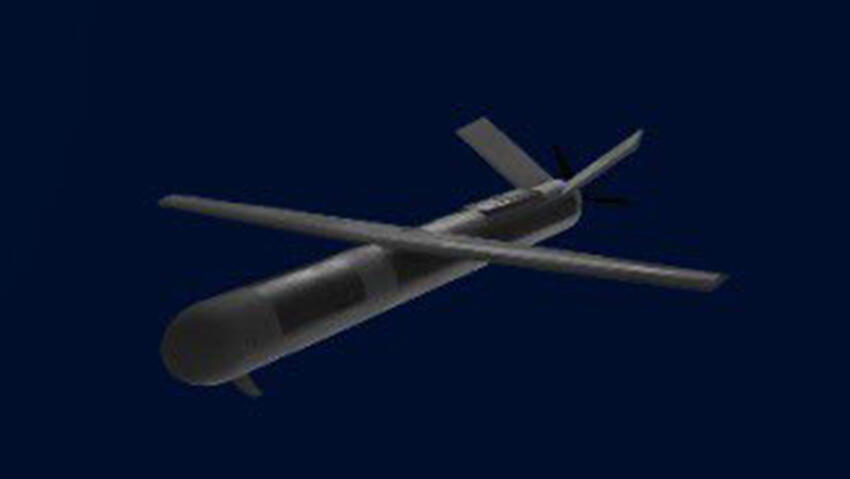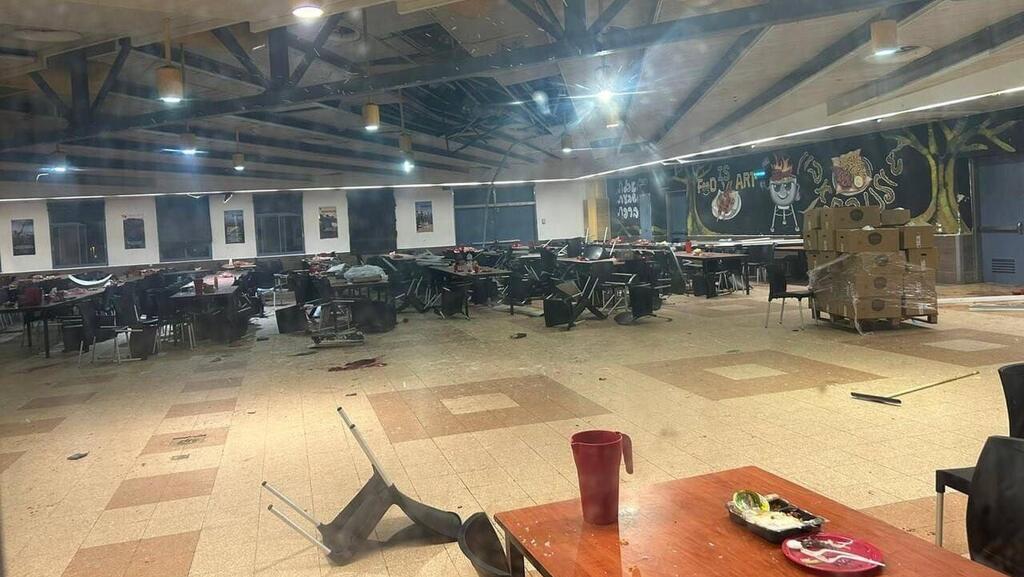The IDF reported Monday that a preliminary investigation into the drone strike that killed four soldiers and wounded dozens of others at the Golani Brigade Training Base near Binyamina was being tracked and chased by Israeli aircraft before disappearing from radar shortly before the fatal explosion.
According to the investigation's findings, two drones were launched by Hezbollah—likely of the Sayyad 107 model— and entered Israel from Lebanon via the sea.
3 View gallery


Emergency teams at the Golani Brigade Training Base near Binyamina after deadly Hezbollah drone strike
(Photo: Oren ZIV / AFP)
The drones, launched just before 7 p.m., were detected by the IDF's radar systems. One was intercepted off the coast of Nahariya, while the other was under aerial surveillance by fighter jets and helicopters. However, contact with it was lost at some point.
Minutes later, it exploded in an army base adjacent to Binyamina, killing 4 IDF soldiers and injuring at least 67. The Israeli Air Force is now investigating why the drone wasn’t rediscovered and why no warning siren was sounded.
The Sayyad 107 drone has a range of about 100 kilometers (60 miles) and a wingspan of 1.5 to 2 meters (5 to 6.5 feet). Drones of this type have infiltrated Israeli airspace dozens of times during the ongoing war, causing damage to infrastructure and buildings.
Last month, one of these drones struck a building in Nahariya, along with dozens of other sites. As part of the initial strikes in Operation Northern Arrows, the IDF targeted Hezbollah’s drone storage facilities, describing them in a statement as "armed drones."
A soldier who witnessed the explosion described the drone hitting the dining hall while Golani recruits were having dinner: "There was a crazy boom, without any warning, The iron door bent. We didn’t know what happened, and suddenly something pierced through the ceiling. We didn’t hear anything before, just the huge blast. No sirens went off. We ran to the shelter, and that’s when I saw they needed tourniquets. There were a lot of injured people covered in blood. We helped them get to the shelter and waited there."
Hezbollah claimed responsibility for the attack, claiming it was in retaliation for Israeli strikes in Lebanon, particularly in Beirut. "Hezbollah is still capable of defending Lebanon and its people," the terror group said in a statement. Al Jazeera quoted a Hezbollah source claiming the organization launched "swarms of drones" in the attack. "Hezbollah's capabilities remain strong and can reach deep into Israel," the source added.
Sky News Arabia reported that the drone was launched under the cover of a rocket barrage targeting the Galilee. Meanwhile, the Saudi network Al-Hadath, citing unnamed sources, claimed the drone "fired a missile" before it exploded. If confirmed, this would not be the first such instance. In May, Hezbollah claimed to have used a drone equipped with S5 missiles in an attack near Metula, claiming that one missile was fired before the drone detonated on its target.
Get the Ynetnews app on your smartphone:




